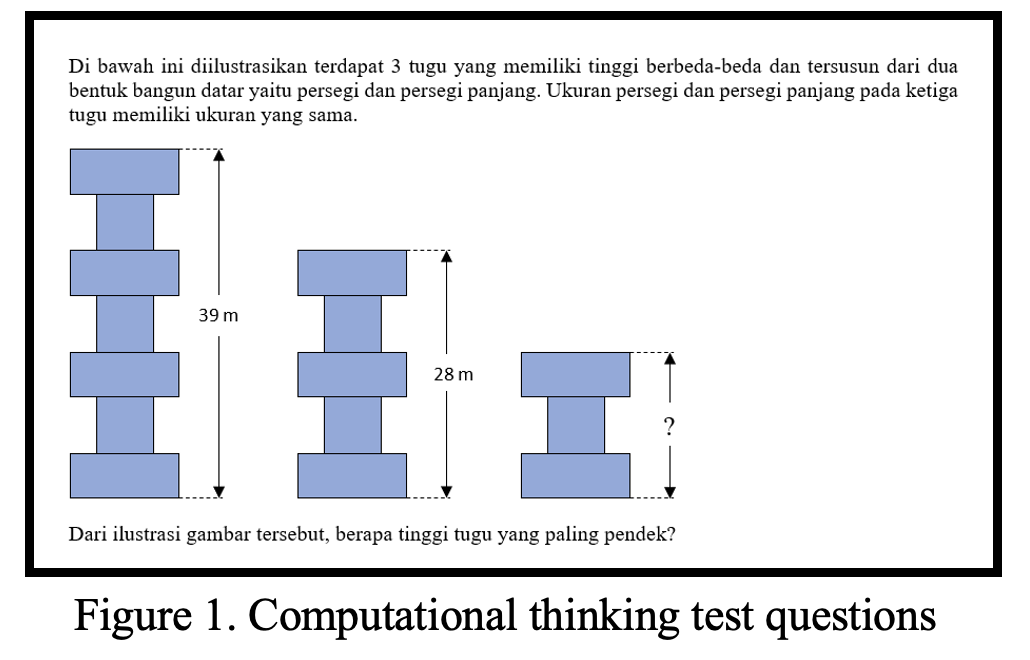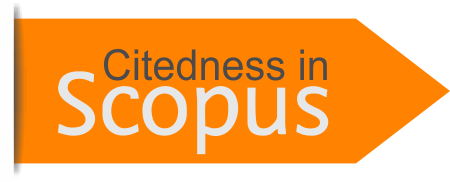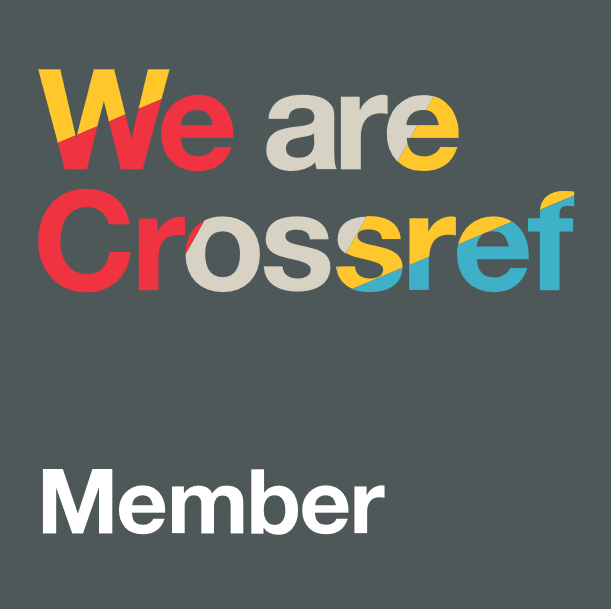Students’ learning obstacles in systems of linear equations in two variables related to mathematical computational thinking skills
DOI:
https://doi.org/10.31629/jg.v10i1.7168Keywords:
computational thinking, learning obstacle, systems of linear equations in two variablesAbstract
Integrating computational thinking into Programme for International Student Assessment (PISA) assessments presents a significant challenge for Indonesian students, particularly in mathematics education. Despite its crucial role in problem-solving, computational thinking has not been widely implemented by students due to the presence of learning obstacles. This study aims to identify the learning obstacles that junior high school students encounter in understanding systems of linear equations in two variables, specifically about their computational thinking abilities. A qualitative approach with a phenomenological method was employed. Research instruments included a computational thinking test and a semi-structured interview guide. Data were collected from 20 students at a junior high school in Wonosobo Regency, Indonesia. Data analysis consisted of three stages: reduction, display, and conclusion. The findings reveal that students experience three types of learning obstacles—epistemological, ontogenical, and didactical when engaging with systems of linear equations in two variables, indicating that these obstacles hinder the development of their mathematical computational thinking skills.
Downloads
References
Amelia, A. (2020). Pengaruh model cooperative problem-based learning terhadap kemampuan berpikir komputasional matematis. Skripsi. Universitas Islam Negeri Syarif Hidayatullah.
Anggriani, D. L. (2023). Analisis kemampuan berpikir komputasi dalam menyelesaikan soal higher order thinking skill berdasarkan kemampuan numerik siswa kelas VIII pada materi sistem persamaan linear dua variabel di SMP Negeri 2 Jember. Skripsi. UIN Kiyai Ahmad Siddiq Jember.
Ansori, M. (2020). Pemikiran komputasi (computational thinking) dalam pemecahan masalah. Dirasah : Jurnal Studi Ilmu Dan Manajemen Pendidikan Islam, 3(1), 111–126. https://doi.org/10.29062/dirasah.v3i1.83
Azmi, R. D., & Ummah, S. K. (2021). Analisis kemampuan computational thinking dalam pembuatan media pembelajaran matematika. Jurnal Pendidikan Matematika : Judika Education, 4(1), 34–40. https://doi.org/https://doi.org/10.31539/judika.v4i1.2273
Barr, V., & Stephenson, C. (2011). Bringing computational thinking to K-12. ACM Inroads, 2(1), 48–54. https://doi.org/10.1145/1929887.1929905
Brousseau, G. (2002). Theory of didactical situations in mathematics. In Theory of Didactical Situations in Mathematics. Kluwer Academic. https://doi.org/10.1007/0-306-47211-2
Cockcroft, W. . (1982). Mathematics counts. report of the committee of inquiry into teaching mathematics in schools in england and wales, ix–311.
Doleck, T., Bazelais, P., Lemay, D. J., Saxena, A., & Basnet, R. B. (2017). Algorithmic thinking, cooperativity, creativity, critical thinking, and problem solving: exploring the relationship between computational thinking skills and academic performance. In Journal of Computers in Education (Vol. 4, Issue 4, pp. 355–369). https://doi.org/10.1007/s40692-017-0090-9
Febrina, N., & Prabawanto, S. (2023). Learning obstacles siswa smk dalam menyelesaikan masalah barisan geometri. Jurnal Review Pendidikan Dan Pengajaran, 6(4), 1–7.
Hariyomurti, B., Prabawanto, S., & Jupri, A. (2020). Learning obstacle siswa dalam pembelajaran barisan dan deret aritmetika. JURING (Journal for Research in Mathematics Learning), 3(3), 283. https://doi.org/10.24014/juring.v3i3.10118
Henderson, P. B., Cortina, T. J., Hazzan, O., & Wing, J. M. (2007). Computational thinking. SIGCSE Bull, 39(1), 195–196. https://doi.org/https://doi.org/10.1145/1227504.1227378
Kalelioğlu, F. (2018). Characteristics of studies conducted on computational thinking: A content analysis. Computational Thinking in the STEM Disciplines: Foundations and Research Highlights, 11–29. https://doi.org/10.1007/978-3-319-93566-9_2
Maarif, S., Perbowo, K. S., Noto, M. S., & Harisman, Y. (2019). Obstacles in Constructing Geometrical Proofs of Mathematics-Teacher-Students Based on Boero’s Proving Model. Journal of Physics: Conference Series, 1315(1). https://doi.org/10.1088/1742-6596/1315/1/012043
Maharani, S., Nusantara, T., As’ari, A. R., & Qohar, A. (2020). Computational thinking pemecahan masalah di abad ke-21 (issue december).
Mawardi, K., Arjudin, A., Turmuzi, M., & Azmi, S. (2022). Analisis kemampuan pemecahan masalah matematika pada siswa smp dalam menyelesaikan soal cerita ditinjau dari tahapan polya. Griya Journal of Mathematics Education and Application, 2(4), 1031–1048. https://doi.org/10.29303/griya.v2i4.260
Megawati, A. T., Sholihah, M., & ... (2023). Implementasi computational thinking dalam pembelajaran matematika di sekolah dasar. Jurnal Review Pendidikan …, 9(2).
Mohaghegh, M., & Mccauley, M. (2016). Computational thinking: the skill set of the 21st century. International Journal of Computer Science and Information Technologies, 7(3), 1524–1530.
Mufidah, I. (2018). Profil berpikir komputasi dalam menyelesaiakan bebras task ditinjau dari kecerdasan logis matematis siswa. Skripsi, November, 1–110.
OECD. (2019). Pendidikan di indonesia belajar dari hasil PISA 2018. Pusat Penilaian Pendidikan Balitbang Kemendikbud, 021, 1–206.
OECD. (2023). PISA 2022 assessment and analytical framework (PISA (ed.)). OECD Publishing.
Ratna, & Yahya, A. (2022). Kecemasan matematika terhadap kemampuan pemecahan masalah matematika siswa kelas XI. Plusminus: Jurnal Pendidikan Matematika, 2(3), 471–482. https://doi.org/10.31980/plusminus.v2i3.1908
Rijali, A. (2018). Analisis data kualitatif ahmad rijali UIN Antasari Banjarmasin. 17(33), 81–95.
Rizki, N., Prayitno, S., Hikmah, N., & Turmuzi, M. (2021). Analisis kemampuan pemecahan masalah matematika siswa kelas ix smp ditinjau dari gender. Griya Journal of Mathematics Education and Application, 1(3), 328–337. https://doi.org/10.29303/griya.v1i3.71
Siagian, M. D. (2016). Kemampuan koneksi matematik dalam pembelajaran matematika. MES: Journal of Mathematics Education and Science2, 2(1), 58–67.
Sumarni, & Nuranita, A. (2015). Perbandingan Pemahaman matematis antara siswa yang memperoleh pembelajaran metode discovery dan metode advanceorganizer. In Euclid (Vol. 2, Issue 1, pp. 226–237).
Sumarni, S., Darhim, D., Fatimah, S., Priatna, N., Anjelita, A., & Taufik, A. (2018). The students’ mathematical concept understanding ability through cooperative learning type jigsaw assisted visual media. Journal of Physics: Conference Series, 1132(1). https://doi.org/10.1088/1742-6596/1132/1/012051
Sumarni, Darhim, D., & Fatimah, S. (2021). Kemampuan pemecahan masalah mahasiswa calon guru matematika sekolah menengah berdasarkan tahapan polya. AKSIOMA: Jurnal Program Studi Pendidikan Matematika, 10(3), 1396. https://doi.org/10.24127/ajpm.v10i3.3717
Tsao, Y.-L. (2006). Teaching statistics with constructivist-based learning method to describe student attitudes toward statistics. Journal of College Teaching & Learning (TLC), 3(4), 59–64. https://doi.org/10.19030/tlc.v3i4.1728
Utami, R., & Wutsqa, D. U. (2017). Analisis kemampuan pemecahan masalah matematika dan self-efficacy siswa SMP Negeri di Kabupaten Ciamis. Jurnal Riset Pendidikan Matematika, 4(2), 166–175. https://doi.org/http://dx.doi.org/10.21831/jrpm.v4i2.14897
Weintrop, D., Beheshti, E., Horn, M., Orton, K., Jona, K., Trouille, L., & Wilensky, U. (2016). Defining computational thinking for mathematics and science classrooms. Journal of Science Education and Technology, 25(1), 127–147. https://doi.org/10.1007/s10956-015-9581-5
Widodo, S., & Wardani, R. K. (2020). Mengajarkan keterampilana abad 21 4c (communication, collaboration, critical thinking, creativity and inovation) di sekolah dasar. Jurnal Program Studi PGMI, 7(2), 185–197.
Wing, J. M. (2006). Computational thinking. communications of the ACM, 49(3), 33–35.

Downloads
Published
Issue
Section
License
Copyright (c) 2025 Jurnal Gantang

This work is licensed under a Creative Commons Attribution-NonCommercial-ShareAlike 4.0 International License.

















